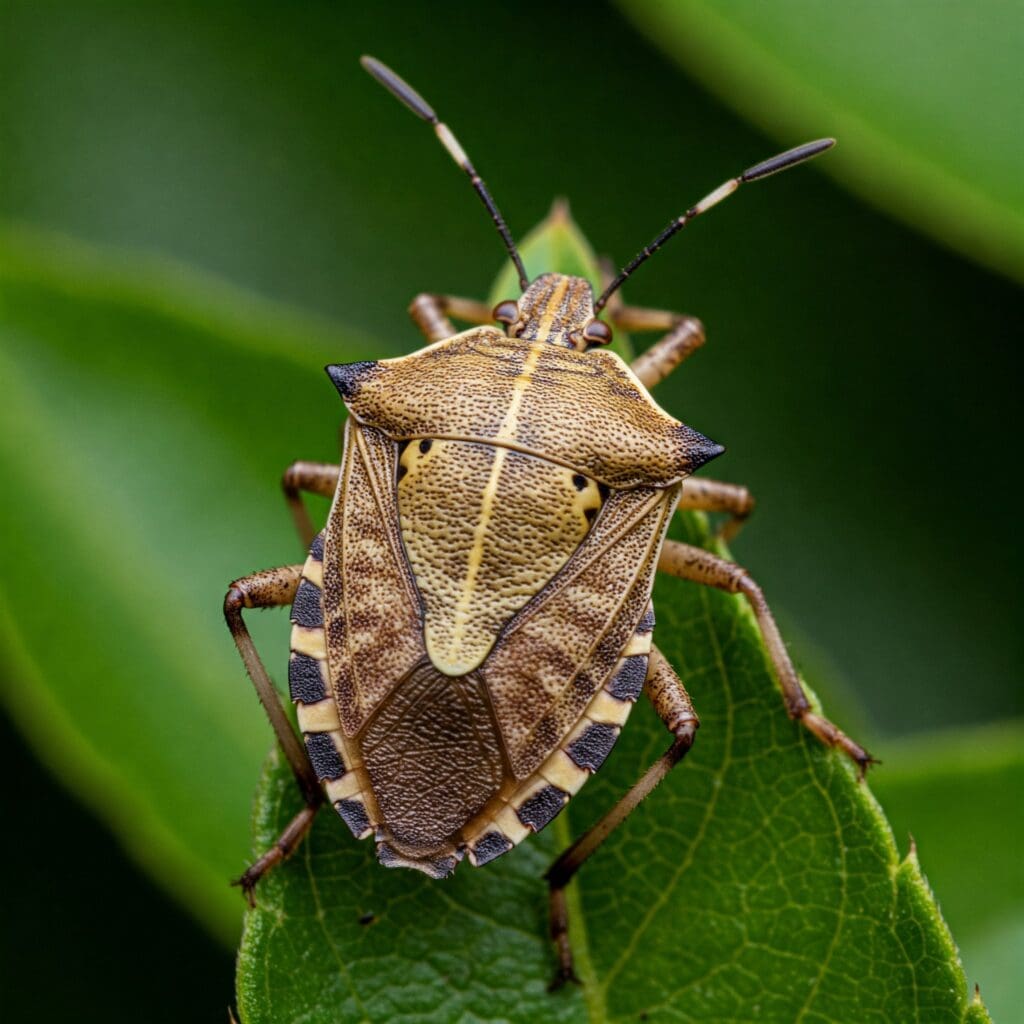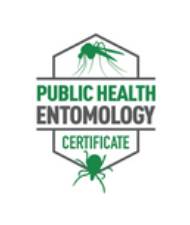BROWN MARMORATED STINK BUGS

Brown marmorated stink bugs—the very name likely sends a shiver down your spine. The word “bug,” combined with the promise of a foul smell, warns that this is not something you want to find wandering around your home. What exactly is a brown marmorated stink bug, though, and what do you do if you have an infestation? Here are some basic facts about these smelly pests.
The Persistent Invader: Understanding the Brown Marmorated Stink Bug in 2024 and Beyond
The brown marmorated stink bug (BMSB), Halyomorpha halys, remains a significant concern for both agriculture and homeowners across the United States and beyond. While first documented in the U.S. in the mid-1990s, the challenges they present continue to evolve, demanding updated knowledge and management strategies. Let’s delve into the history, biology, and ongoing impact of this invasive insect.
A Journey From East Asia:
The BMSB is native to East Asia, specifically China, Japan, and the Korean Peninsula. Its accidental introduction into Allentown, Pennsylvania, in the 1990s marked the beginning of its rapid spread across North America and, subsequently, Europe. This rapid expansion is attributed to their ability to hitchhike on various forms of transportation, including cargo ships and vehicles. The globalized trade network has facilitated their dispersal, making them a prime example of the ecological consequences of international commerce.
Biology and Life Cycle:
- Life Cycle: BMSBs undergo hemimetabolous metamorphosis, meaning they have three life stages: egg, nymph, and adult. Eggs are laid in clusters on the underside of leaves. Nymphs hatch and go through five instars, progressively increasing in size and developing wing pads. Adults emerge with fully developed wings.
- Overwintering: Adults seek shelter in protected areas, such as homes, sheds, and other structures, to overwinter. They enter a state of diapause, a form of dormancy, during colder months. As temperatures rise in the spring, they emerge to mate and lay eggs.
- Feeding Habits: BMSBs are polyphagous, meaning they feed on a wide variety of plants. They use their piercing-sucking mouthparts to feed on plant sap, causing damage to fruits, vegetables, and ornamental plants. This broad host range contributes to their significant agricultural impact.
Behavior and Ecology:
- Aggregation: BMSBs exhibit strong aggregation behavior, particularly during overwintering. They release aggregation pheromones that attract other individuals to suitable shelter sites. This behavior contributes to the large numbers found in homes during the fall and winter.
- Defense Mechanism: The characteristic “stink” is a defensive secretion produced by glands on their abdomen. This secretion, composed of aldehydes and other compounds, serves to deter predators. It is also released when the bugs are disturbed or crushed.
- Flight: Adults are strong fliers, enabling them to disperse over long distances. This mobility further contributes to their rapid spread and establishment in new areas.
Physiology and Morphology:
- Morphology:
- The adult BMSB is typically 12-17 mm in length, with a shield-shaped body.
- Their coloration is a mottled grayish-brown, with characteristic white banding on the antennae.
- They have a distinctive pattern of alternating light and dark bands on the abdomen’s edge.
- They posses piercing sucking mouthparts.
- Physiology:
- Their ability to enter diapause allows them to survive harsh winter conditions.
- Their digestive system is adapted to process a wide range of plant materials.
- The scent glands are a complex system that allows for the creation and deployment of the defensive chemical.
- Their sensory system is highly developed, allowing them to detect pheromones and host plants.
Impact and Management:
- Agricultural Damage: BMSBs cause significant economic damage to a wide range of crops, including fruits, vegetables, and field crops. Feeding damage can result in deformed fruit, reduced yield, and crop loss.
- Household Nuisance: Large numbers of overwintering adults can become a major nuisance for homeowners. Their defensive secretions can also cause unpleasant odors.
- Management Strategies:
- Integrated pest management (IPM) strategies are crucial for controlling BMSB populations.
- These strategies may include biological control (e.g., using parasitoids), chemical control (e.g., insecticides), and cultural control (e.g., exclusion).
- Research into pheromone-based traps and other novel control methods are ongoing.
- Homeowners can take measures to seal cracks and crevices to prevent BMSBs from entering their homes.
Looking Forward:
Consequently, continued research and monitoring are essential for understanding and managing the ongoing impact of the brown marmorated stink bug. Furthermore, as climate change and global trade continue to influence species distribution, the BMSB serves as a reminder of the challenges posed by invasive species. Staying informed and implementing effective management strategies are crucial for mitigating their impact on agriculture and households.
When (and How) Stink Bugs Infest
“Brown marmorated stink bugs typically seek shelter in homes during the fall to overwinter. However, the warmth inside can disrupt their hibernation, leading to activity even in the coldest months. Consequently, you might see them moving around light fixtures and other warm areas earlier than spring. Moreover, these insects congregate in large numbers; a single stink bug often indicates a much larger hidden population within your walls. For instance, the Journal of Entomological Science documented a home with an estimated infestation of 26,000 BMSBs, highlighting the potential scale of these infestations.”
ZipZap Termite and Pest Control Offers Pest Control Treatment for Stink Bugs
We are your one-stop shop for brown marmorated stink bug control. We offer Bundles that cover all your bases, from prevention to problem-solving to removal. Want to make sure you identify all potential entry points? Need help carefully removing stink bugs without triggering the stink glands? Need a treatment before next season? Call us today to set up a Delux bundle to rid this pest from your home.
Contact Zip Zap Termite and Pest Control Today!

Jeffery Preece BCE,PHE
Jeffery is a Board Certified Entomologist at ZipZap Termite & Pest Control



